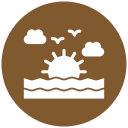
Planning Uncharted Road Trips Worldwide
Chosen theme: Planning Uncharted Road Trips Worldwide. Welcome to your launchpad for the roads that don’t show up until you’re already on them—where maps blur, horizons widen, and preparation turns uncertainty into unforgettable discovery.
Mindset and Preparation for the Unknown
Uncharted doesn’t always mean untouched; it often means undocumented for you. Decide what level of ambiguity excites rather than overwhelms. Pair paper maps with satellite layers, ask locals about seasonal tracks, and set a personal rule for when to backtrack gracefully.
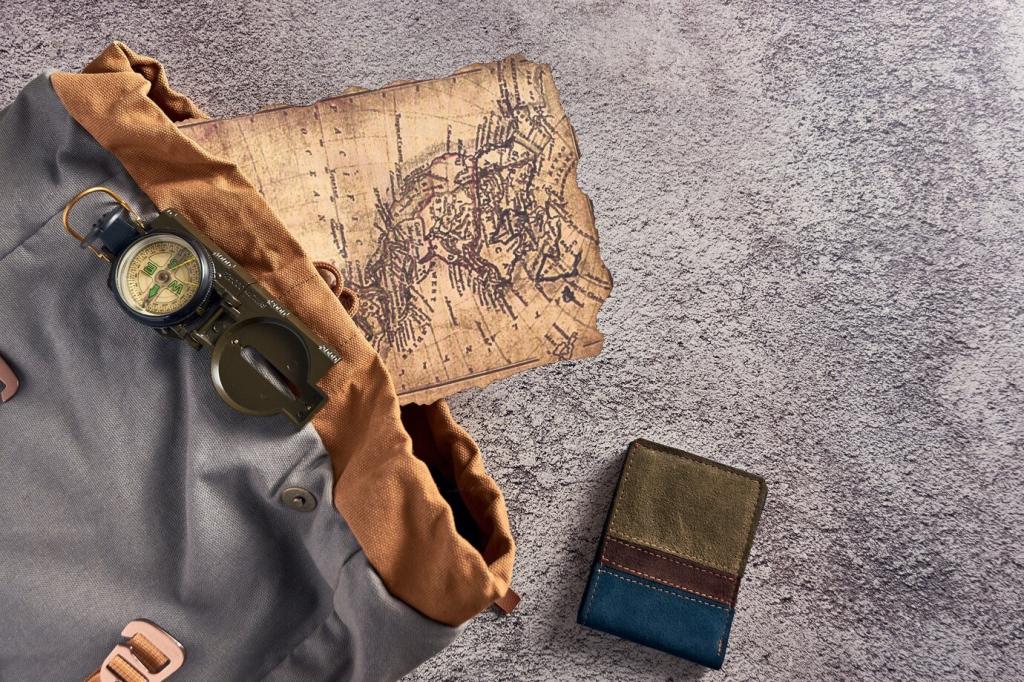
Building a Multi-Source Map Stack
Layer OpenStreetMap with satellite imagery, historical topos, and crowd-sourced GPX tracks. Cross-check river crossings, seasonal roads, and bridge status. In Albania, a faded forestry line became our safest pass once satellite shadows revealed switchbacks invisible on modern apps.
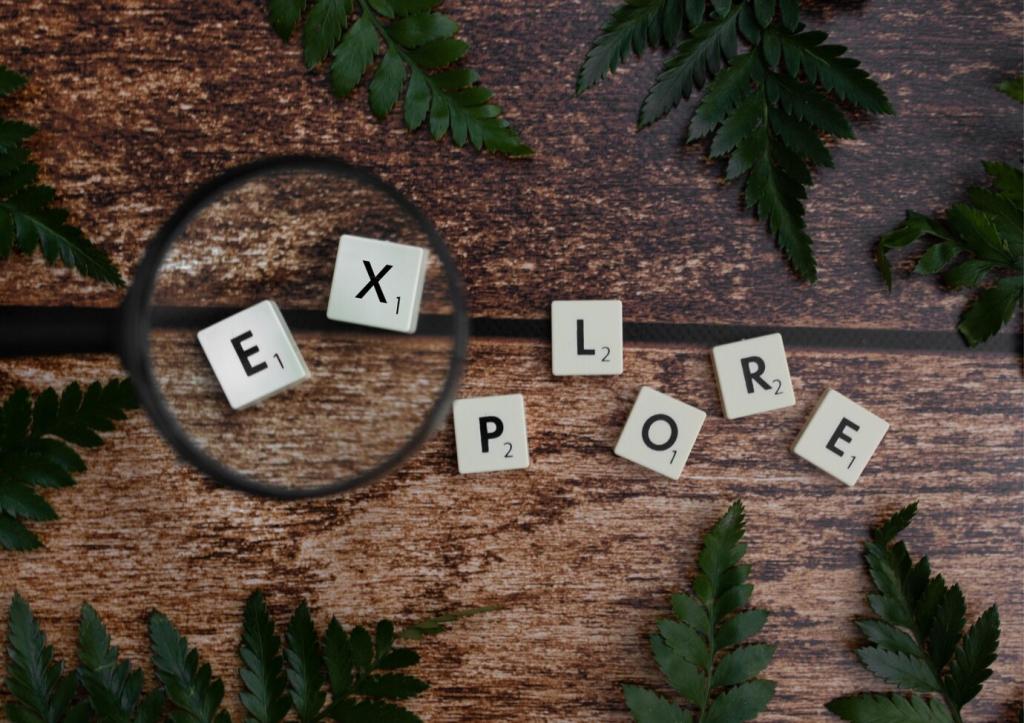
Reading Terrain Like a Local
Contour lines whisper about slope, exposure, and storm runoffs. Tree shadows hint at wind direction, and soil color suggests traction after rain. Ask farmers which tracks survive spring melt. Your best mapping tool is humility coupled with persistent, respectful questions at roadside stalls.
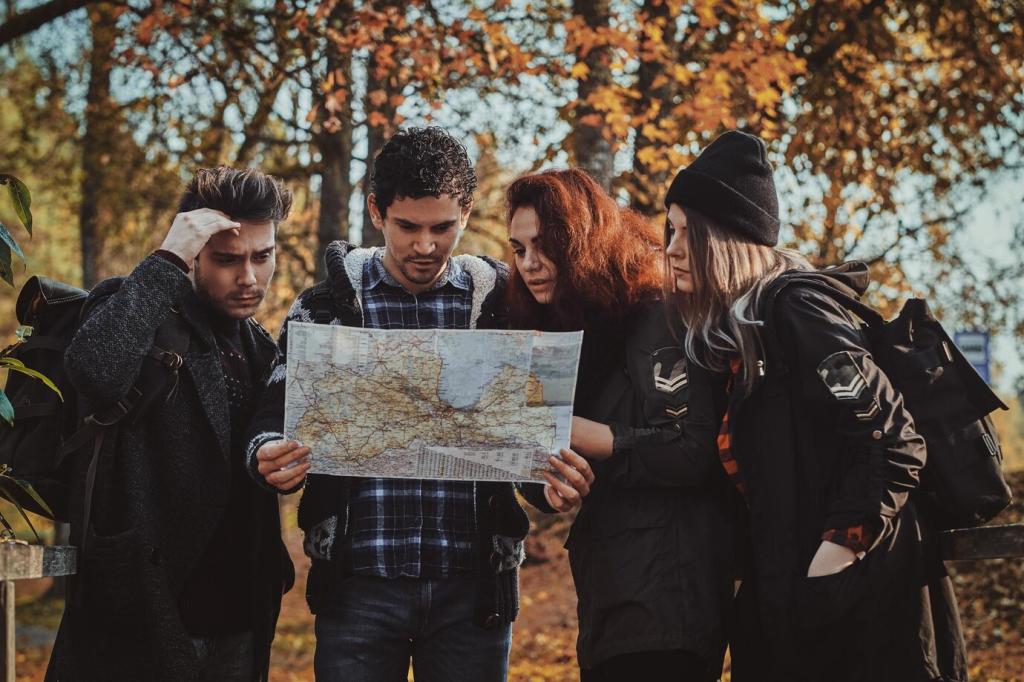
Creating Adaptive Itineraries
Plan elastic time blocks rather than rigid days. Mark decision points where you reassess fuel, daylight, and morale. Keep a short-list of safe detours and emergency camps. Comment with your favorite buffer strategy that turned a looming delay into an unexpected, dazzling sunset.
Border Crossings and Paperwork in Little-Traveled Regions
Research overlapping rules: tourist visa limits, Carnet de Passages requirements, and third-party insurance availability. Print duplicates, carry digital backups, and learn polite phrases. A smile and tidy folder transform inspections into brief chats, even at remote posts with one flickering bulb.
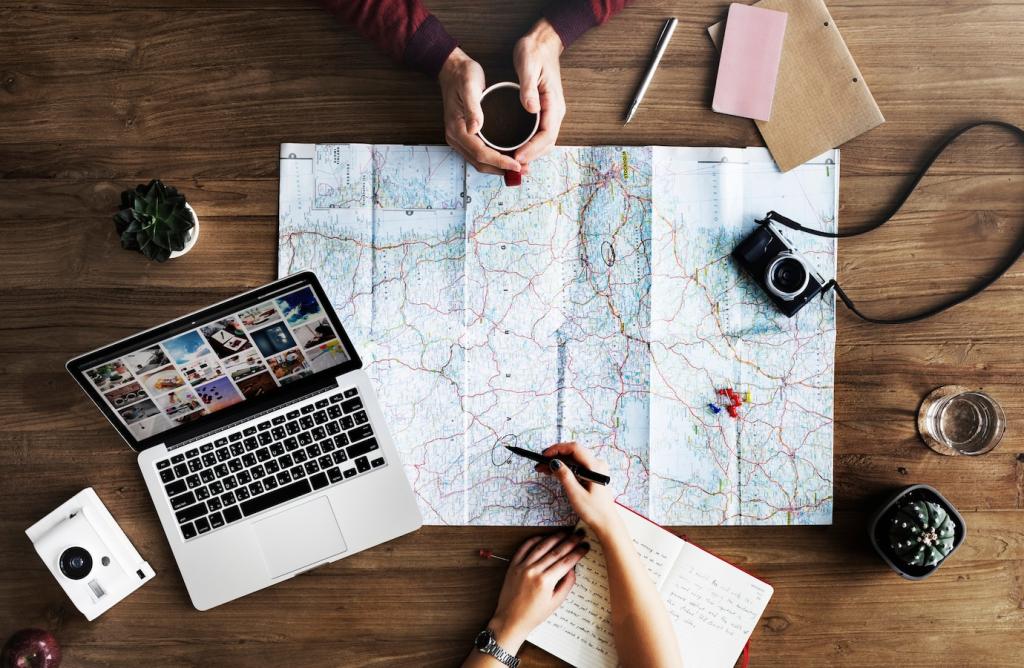
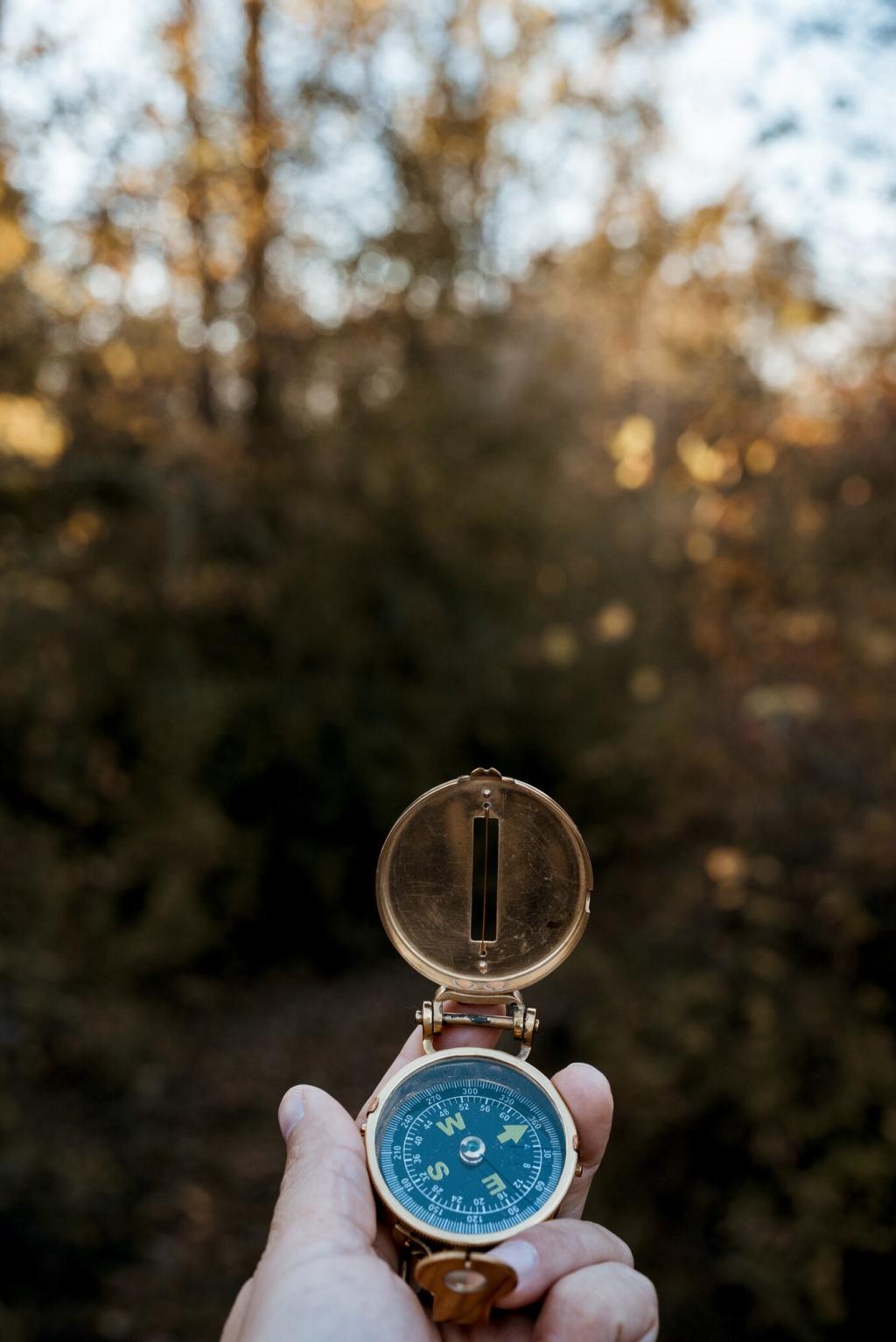
Border Crossings and Paperwork in Little-Traveled Regions
Small posts can be kinder and faster, though hours are inconsistent. Call ahead if possible, note lunch closures, and plan fuel before the frontier. At a Kyrgyz–Tajik mountain gate, tea and a shared map photo earned us an extra tip about a safer track.

Tires, Suspension, and Clearance
Choose tires for puncture resistance and sidewall strength, not just tread swagger. Moderate lifts, reinforced shocks, and skid plates protect where maps go quiet. In Namibia, airing down ten PSI turned hopeless dune scrubbing into a smooth glide over whispering sand.
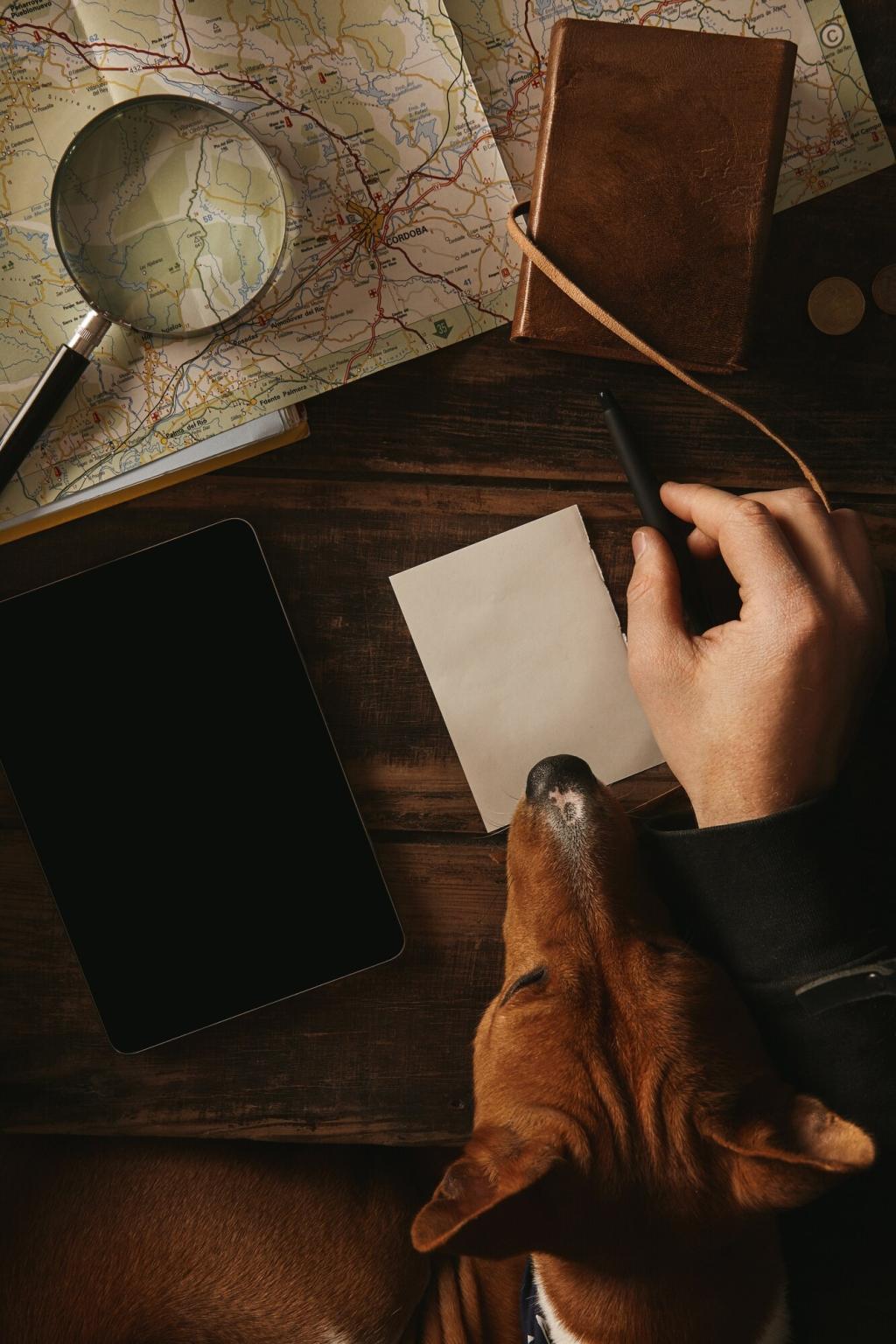
Fuel, Water, and Energy Autonomy
Calculate range with headwinds, detours, and idling for spotters. Carry jerrycans or auxiliary tanks, and separate drinking from utility water. Solar and alternator charging keep navigation and communication alive. What’s your best trick for making every liter count when stations vanish for days?
People and Culture Along Unnamed Roads
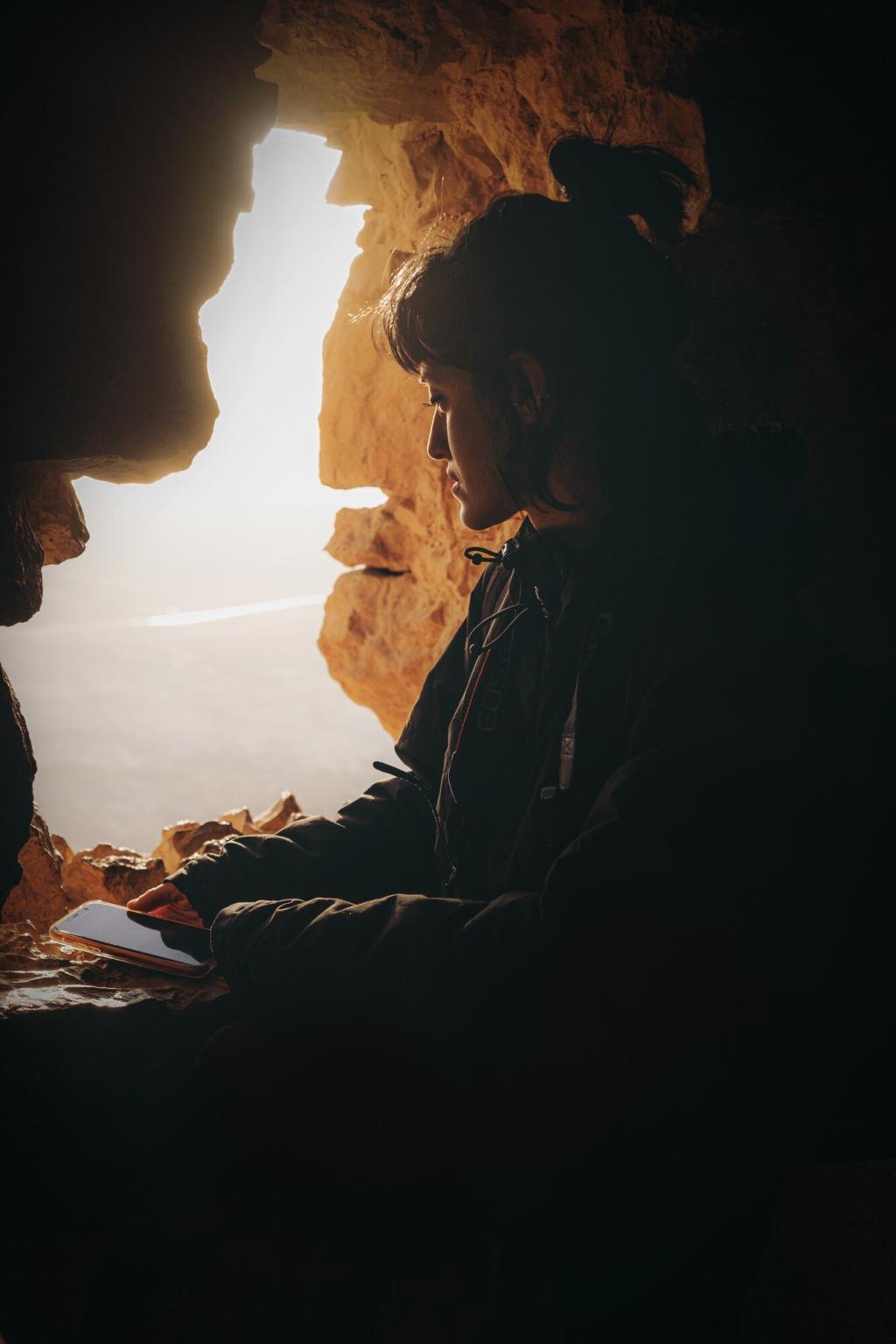
Language, Listening, and Small Gifts
Five local phrases open more gates than fancy gear. Listen first, offer help second. Carry useful small gifts—sewing needles, fresh fruit, printed photos—to reciprocate kindness. A grandmother in Oaxaca pinned our route to a quilt, then sent us toward a hidden valley.
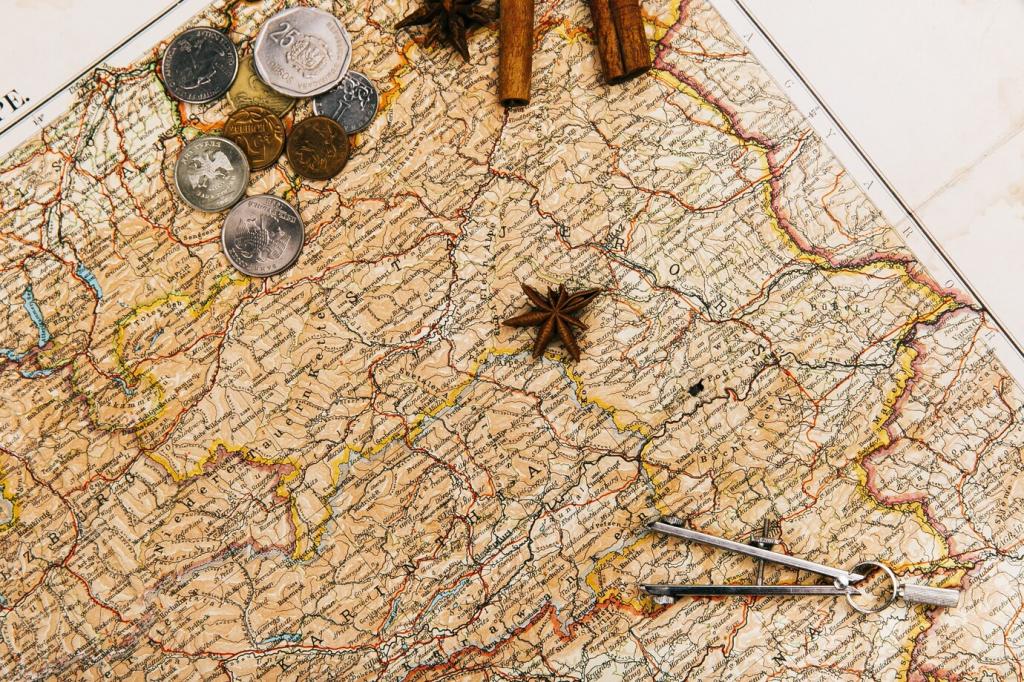
Finding Stories Without Extracting
Document with consent and context. Blur sensitive locations, especially sacred sites and delicate ecosystems. Share revenue or copies with those featured. Your journey improves when storytelling uplifts hosts rather than harvesting their lives. How do you decide what to post and what to protect?
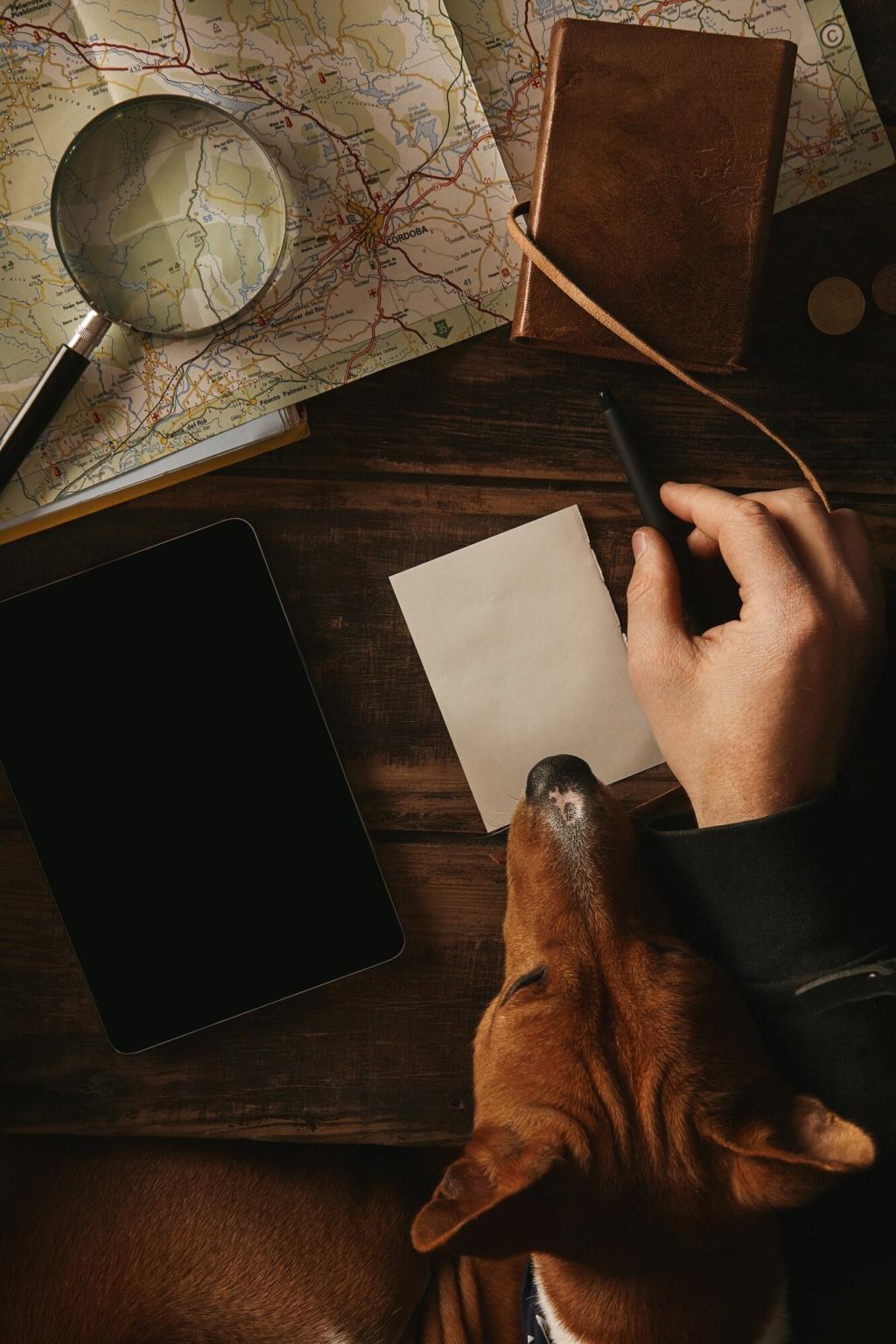
Eating Where the Map Ends
Roadside stews and bread ovens turn remote tracks into culinary classrooms. Ask about ingredients and seasonal dishes, then leave a note of gratitude. That smoky fish soup in Karelia still warms our memory whenever rain rattles the roof and miles feel long.
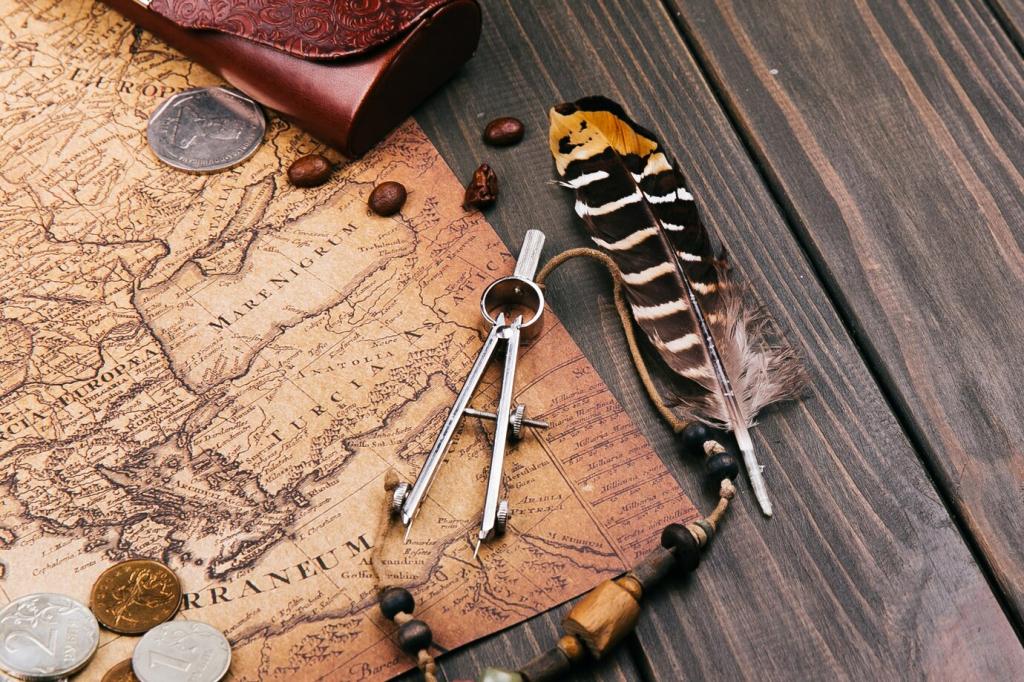
Safety, Health, and Ethical Footprints
Set a check-in rhythm using satellite messengers and share exact bail-out points. Establish a code phrase for trouble. A simple plan reassures family and sharpens your decision-making when fog rolls in and the nearest neighbor is a ridge and a river away.
Safety, Health, and Ethical Footprints
Train for altitude, heat, and stomach issues. Carry rehydration salts, a compact trauma kit, and antibiotics prescribed by a travel doctor. In the Andes, recognizing early altitude symptoms let us descend promptly, trading summit pride for a safe camp and star-swept skies.
Storycraft: Documenting the Uncharted
Journals, Photos, and Audio
Carry a weatherproof notebook, shoot wide for context, and record ambient sound—wind in ravines, market chatter, distant thunder. Those textures resurrect decisions later. A scribbled rain-soaked sketch once reminded us why we chose the high road and found an emerald valley.
Protecting Places While Sharing
Omit precise coordinates of vulnerable locations. Describe ethics and conditions, not shortcuts. Offer seasonal timing, equipment needs, and risk cautions. Your guidance can inspire exploration while safeguarding communities. Tell us a time you shared responsibly and watched a place remain wild.
From Notes to Navigable Guides
Organize entries by decision points: fuel, water, shelter, hazards, and human contact. Link context to consequences so others can adapt wisely. Upload anonymized GPX with warnings, not hype. Invite readers to contribute updates, keeping living guides trustworthy and beautifully incomplete.
